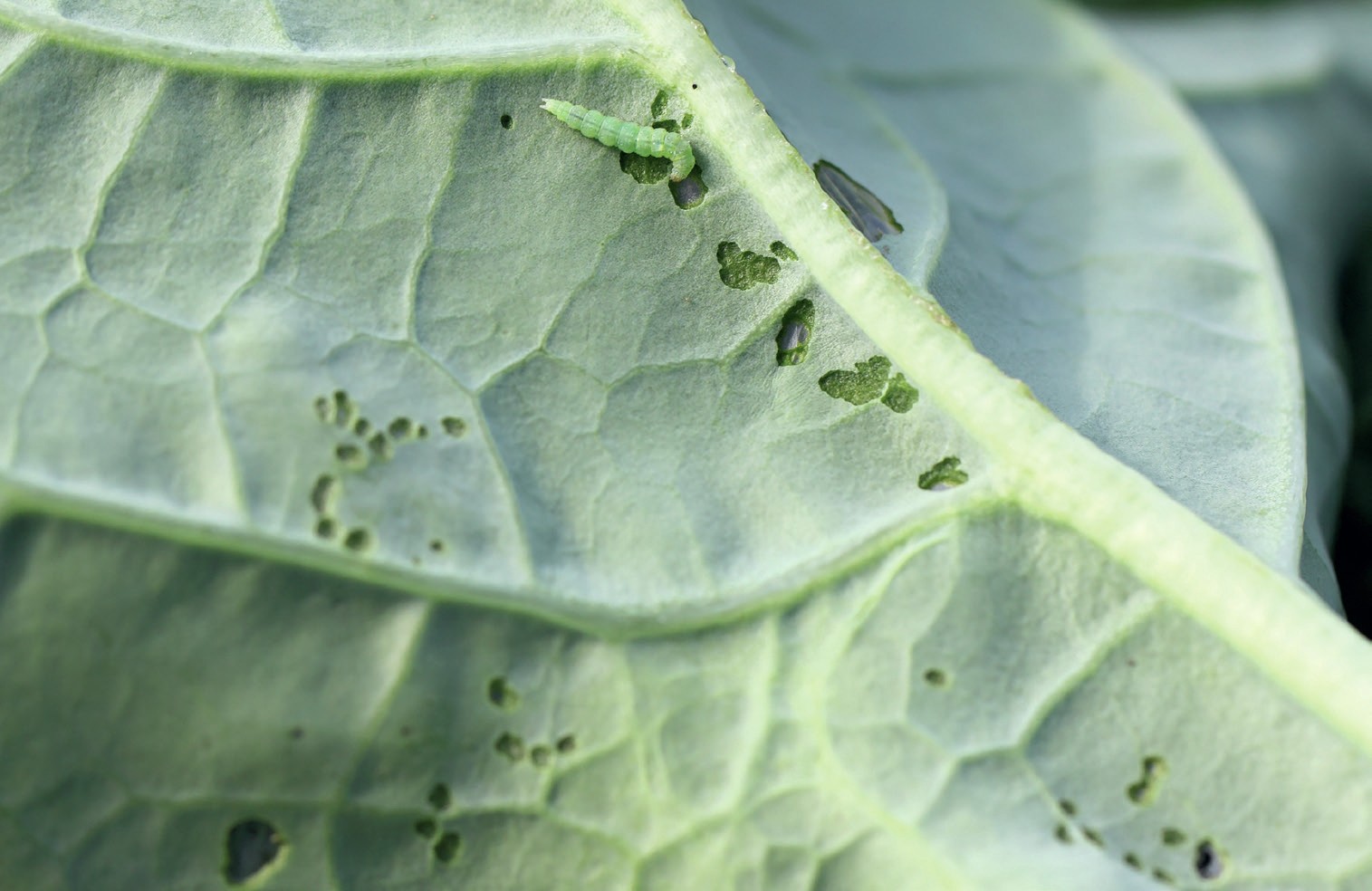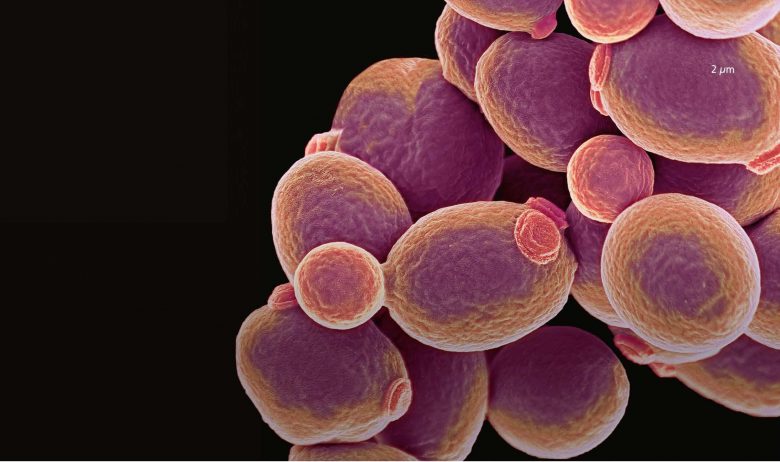
Brussels sprouts may cause controversy around the dining table, but it is quite the opposite in the world of the diamondback moth. These small moths are a major pest of the entire Brassica genus, which also includes cabbage, cauliflower and broccoli. Diamondback moths inflict at least £4.2 billion in damages globally each year, making them the single worst pest of Brassica crops.
The adult moths are 6 mm long and brown, with a cream band of diamonds down their backs. These cause no crop damage, and instead feed on nectar over the course of their 14-day lifespan. After mating, a female moth finds somewhere to lay her eggs. She detects isothiocyanates released by Brassica using highly specific olfactory receptors in her antennae. (Isothiocyanates are toxic and repel most insects but are attractive to the diamondback moth.) Using these receptors to locate appropriate hosts, female moths lay up to 250 small eggs (< 0.5 mm) individually or in small clusters on the surface of Brassica leaves over a 10-day period.
Your organisation does not have access to this article.
Sign up today to give your students the edge they need to achieve their best grades with subject expertise
Subscribe



